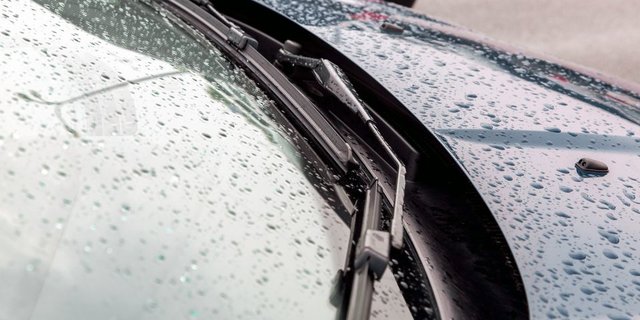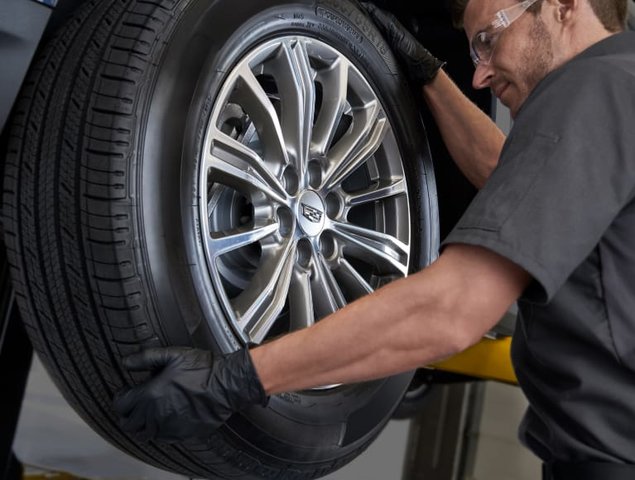Most problems with your car's windshield washer system are an easy DIY repair
Fortunately, low-tech windshield washer systems seldom give us drivers headaches. But when they do, it always seems a waste to pay a licenced tech to fix a simple problem. Truth be told, most washer woes are an easy DIY repair.
Nozzles are the most common failure on just about any type of vehicle. These little plastic squirters spend their lives basking in the sun and that’s the key to their downfall. Over time, the resins in the plastic will ‘dry’ out, leaving the nozzle extremely brittle. At this point, all it takes is a slight whack with a snow brush or even your bare hand and you’re left with pieces. Most drivers open the hood, fail to see any easy way to access the nozzle or feed hoses, then close the hood and make a service appointment.
For hood-mounted nozzles, few of them are held in place by separate or special fasteners. The nozzles themselves have plastic clips incorporated into their bases. A slight pinch will allow the nozzle to pop up through the hood cutout, making removal easy.
But before you can see or access any of this, you need to partially remove any liners under the hood. These are held on with plastic push pins with a wide head, which will pop out with little effort. Mechanics will use a special tool to pry these out without breaking, but you can hack the job with a two-tined barbecue fork. As these sound deadening pads are flexible, you will only have to pop a few of the push pins in order to gain access to the washer nozzles and fluid lines.
Washer fluid hoses are held onto their respective spigots and fittings without clamps. The nozzle feed spigot has barbed edges to hold the line in place under the light pressure the pump supplies; if you use a little warm water on the hose and twist before pulling it off, it will pop with little effort and no damage. New, hood-mounted nozzles install from the outside of the hood downwards, and the hoses simply push on.
Purchasing these little plastic units may provide some sticker shock. For some common makes and models, they can exceed $30 each at the dealership. But aftermarket companies know when there’s a need to be profitably filled, so do a little shopping. Non-factory units can usually be had for half the price at parts stores, but they are often sold in pairs. This means the initial outlay will be the same as buying one from the dealership, but you’ll have the benefit of having a spare. And if one has deteriorated and broken due to its sun-baked age, chances are you’ll need that second one soon, too.









